In our third year of the global pandemic, unprecedented changes continue to prevail in our daily lives, business and role in community.
As we navigate our way through the impacts of COVID, demands for racial justice and equality, economic empowerment, political instability, and a warming climate — we face the realities of our planet with humility and optimism.
Top line realities include:
Climate Crisis: Increasing emissions of greenhouse gases are causing temperatures to rise and catastrophic events all over the world – the US is experiencing devasting bushfire seasons, The Death Valley National Park recorded the highest temperature ever recorded on Earth, 13% of deaths in the EU being linked to various forms of pollution, populations of wildlife have experienced an average decline of 68% since 1970 and record-breaking wildfires in California have blocked out the sun – and these are just a few examples reported by earth.org.
Biodiversity: A recent WWF report found that the population sizes of mammals, fish, birds, reptiles and amphibians have experienced a decline of an average of 68% between 1970 and 2016. The report attributes this biodiversity loss to a variety of factors to include land-use change, particularly the conversion of habitats, like forests, grasslands and mangroves, into agricultural systems. Animals such as elephants, sharks and seahorses are significantly affected by the illegal wildlife trade.
Deforestation: Every minute, forests the size of 20 football fields are cut down. By the year 2030, the planet might have only 10% of its forests; if deforestation isn’t stopped, they could all be gone in less than 100 years. Health of the planet is the new imperative for improving livelihoods and driver of long-term approaches for sustainability.
On the heels of the net-zero goals set at the 2021 Climate Change Conference in Glasgow (COP26), more than 80 countries – representing nearly 75% of global emissions – announced commitments to achieve net-zero emissions – a necessary step to cut global greenhouse gas (GHG) emissions by 2050 to keep the world’s temperature from rising above 1.5 degrees C.
Sustainability, as the new normal for integrated lifestyle and business activities, will drive emerging trends in 2022:
ESG’s: 2021 was a record year for ESG (Environmental, Social and Governance) investments, with an estimated $120 billion poured into sustainable investments, more than double the $51billion of 2020, and expected to reach $1 billion by 2030. Seasoned and new investors are embracing funds with a focus on environmental and social issues, such as nature, biodiversity and skills development. However, careful due diligence is required into ethical and ESG-themed funds as the sector is rife with greenwashing. The 2015 Paris climate accord will be the legal standard for promoting and messaging ESG funds.
Carbon Offsetting: Carbon offsetting is about the replacement or reduction of carbon emissions. High-emission companies fund projects that either prevent the emission of greenhouse gases (GHGs) or remove them. These projects range from planting trees to deploying technology to capture carbon emissions. With carbon market rules, low-carbon emitters will increasingly tap the carbon offset market.
African Youth: By 2030, young Africans are expected to make up 42 percent of the world’s youth and account for 75 percent of those under age 35 in Africa. With such a large population of young people, supportive policies and programs on inclusive youth development are critical now more than ever.
Protecting Museums: More than 35,000 museums in the U.S. are in a race to save America’s treasures from climate change with increasing flooding and more frequent wildfires. For example, water from rain seeped into Smithsonian spaces after a major storm in 2006 and again last spring, when the American History Museum’s cafeteria flooded with over a foot of water. With the growth of climate initiative funding, investments are needed for clean energy, energy efficiency and to address climate resilience.
Role of Partnerships: Throughout this pandemic we have seen the benefits of public-private partnerships. They have been instrumental in the provision of masks, testing, humanitarian relief and vaccine distribution. We need full vaccine access and distribution to address the equity disparities between the Global North and the Global South.
Conclusion: With the growing threats of climate change, disruptive weather patterns, water shortages, nature will dictate our ultimate destiny. This requires a dramatic shift in how we evaluate, anticipate and find solutions for the co-dependent connections between nature, humans, wildlife for resilient communities.
Successful outcomes for restoring nature and humanity will be dependent on the enduring strength of our global community, growth of inclusive partnerships and collective action between the private and public sectors.
By: Samantha Taylor - Founder of Reputation Dynamics and Elephant Art Shop
Photo by Samantha Taylor: New Forest Preserve, Hampshire, England
Since 2005, Reputation Dynamics (RD) has committed to addressing social, environmental and human justice issues. RD mobilizes corporations, NGOs/civil society and academia to devise share-valued approaches and develop inclusive partnerships.
Please contact me at:
sam@reputation-dynamics.com
























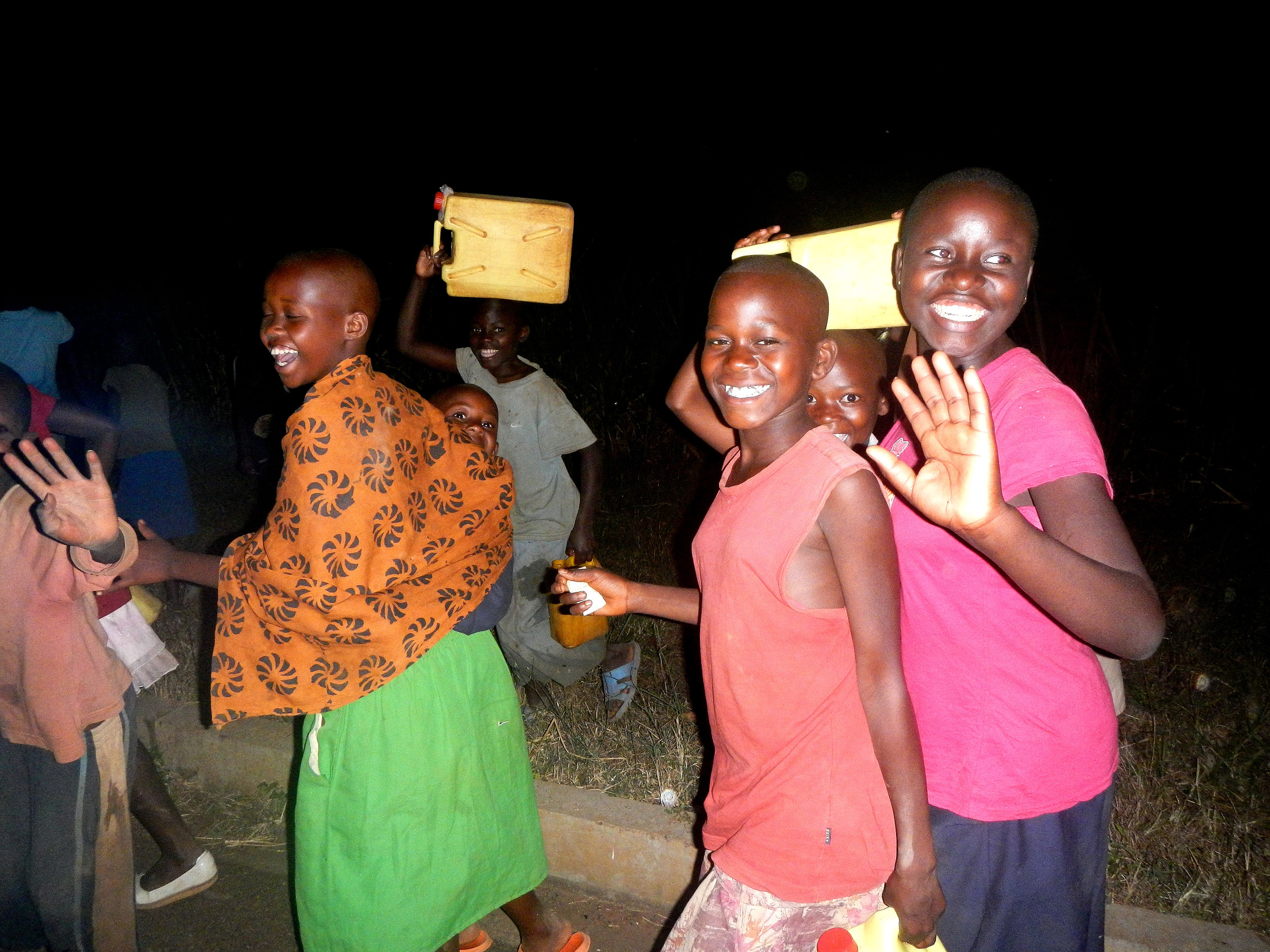
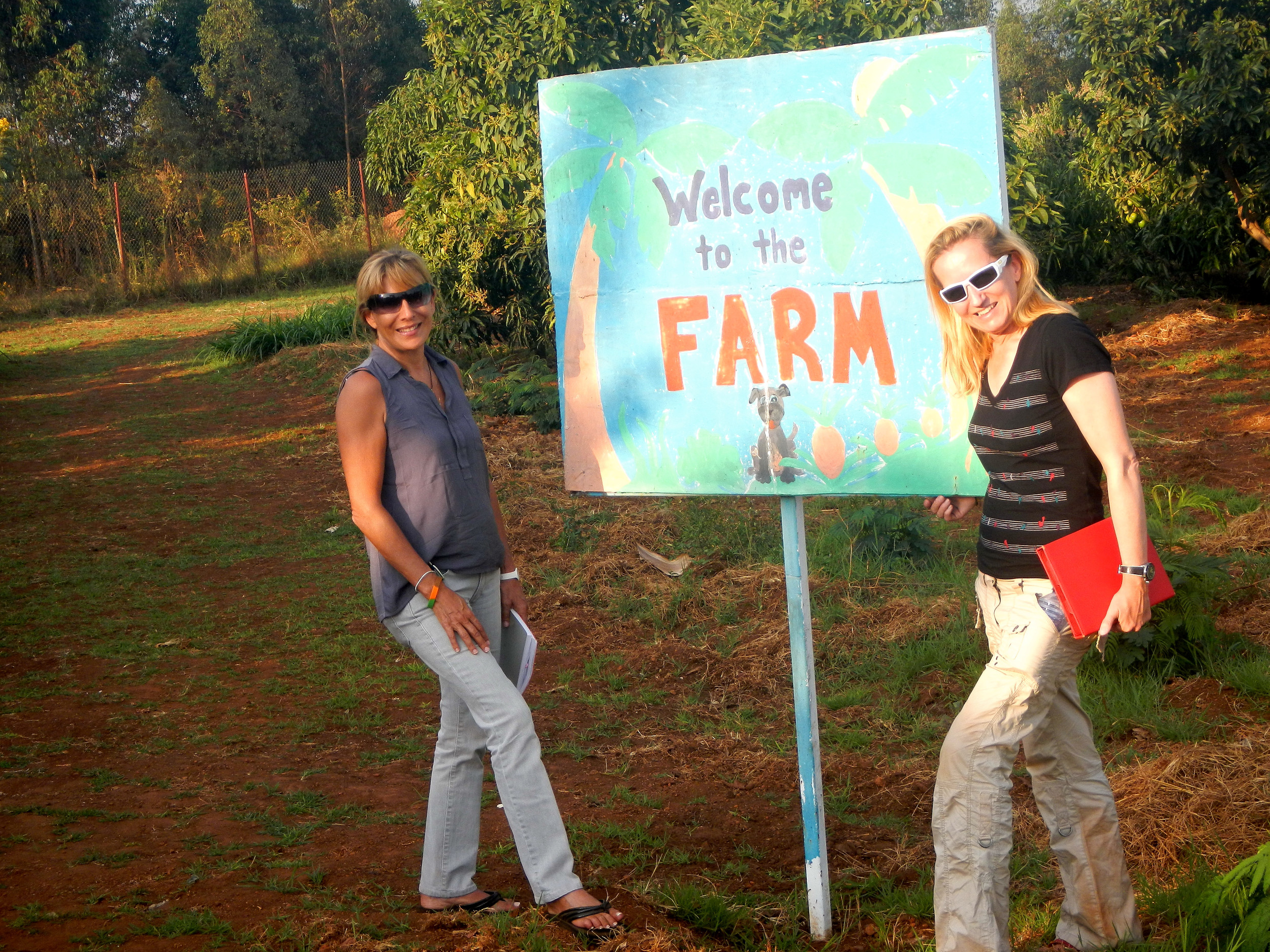
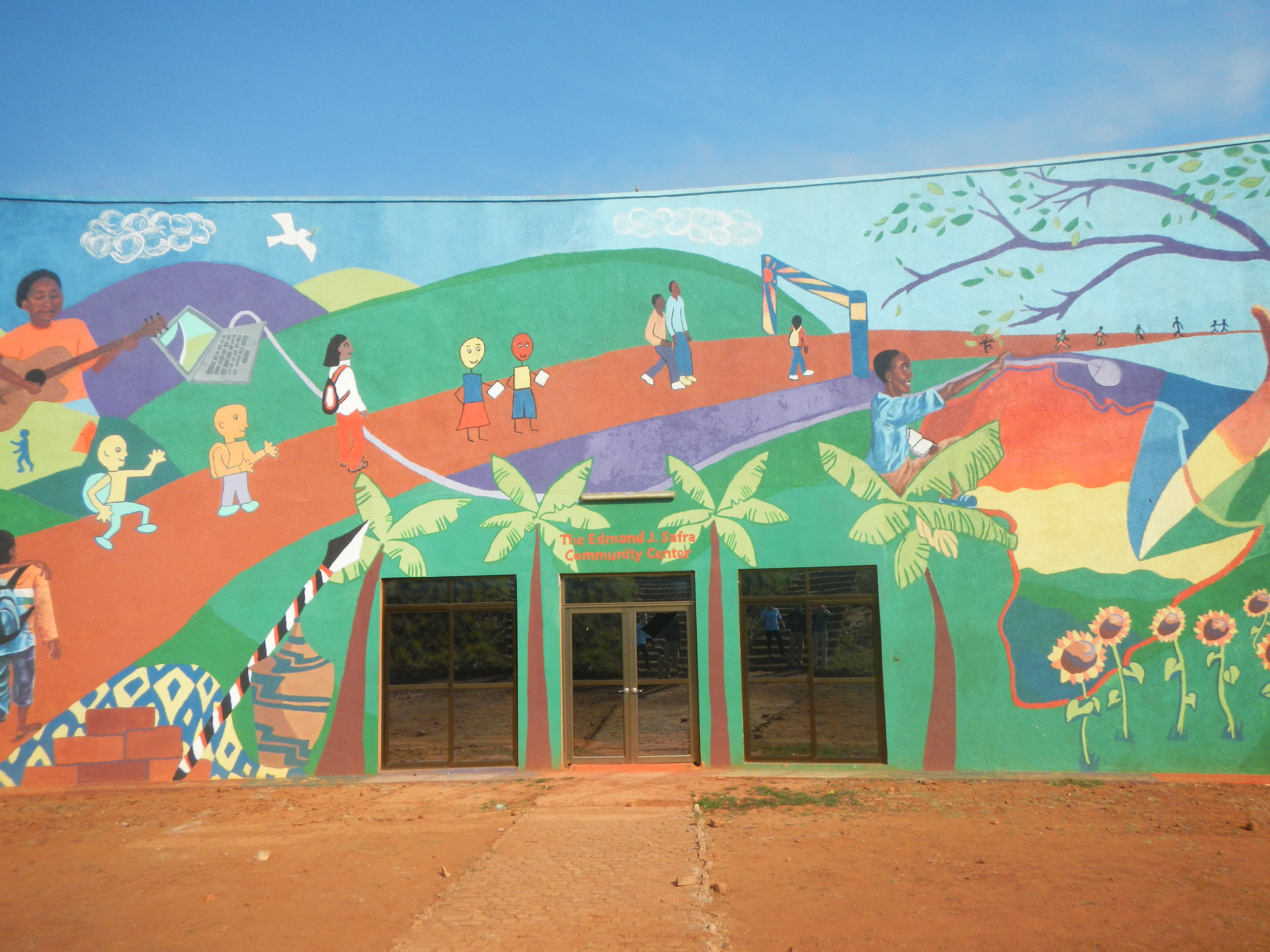
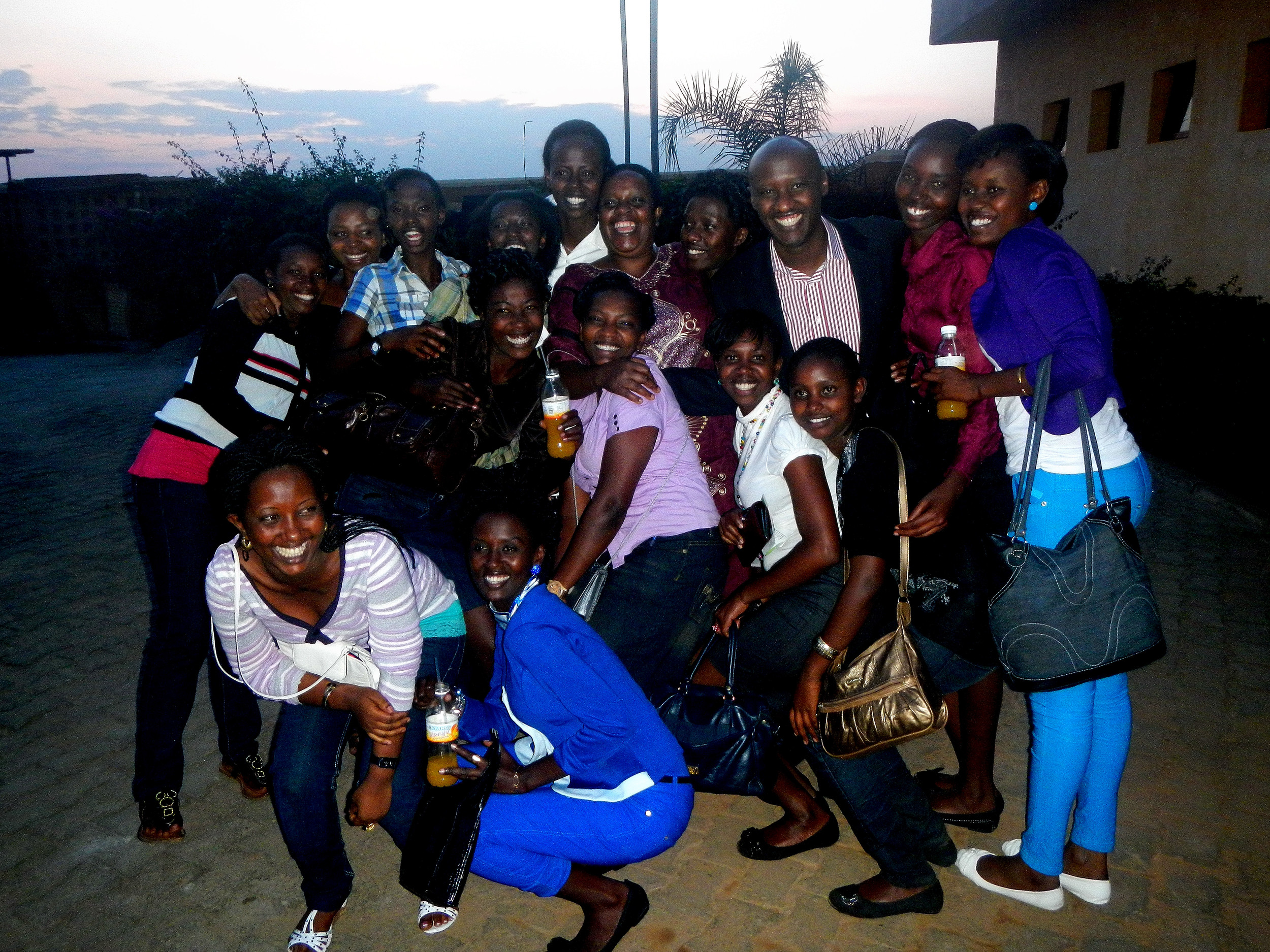
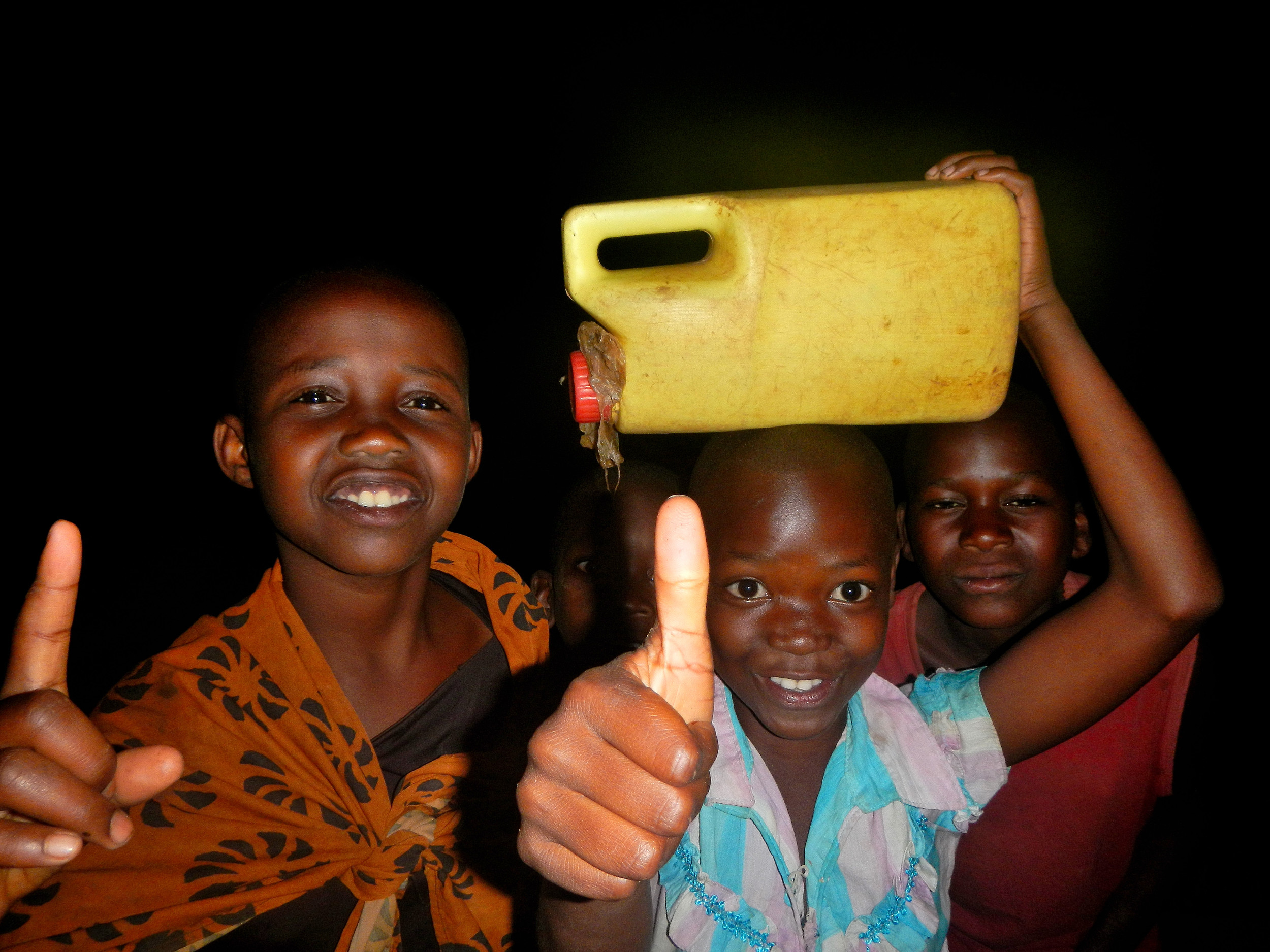
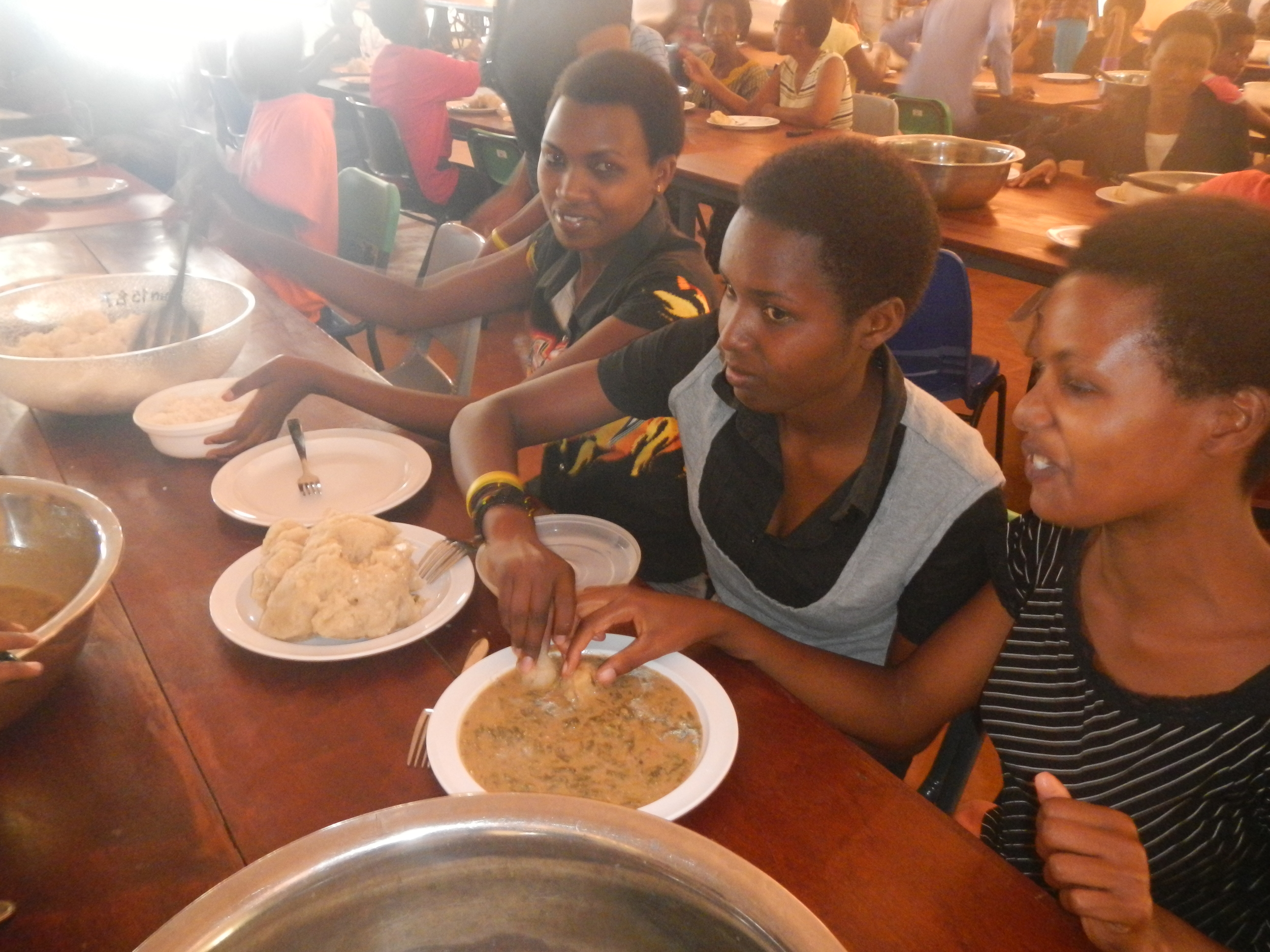
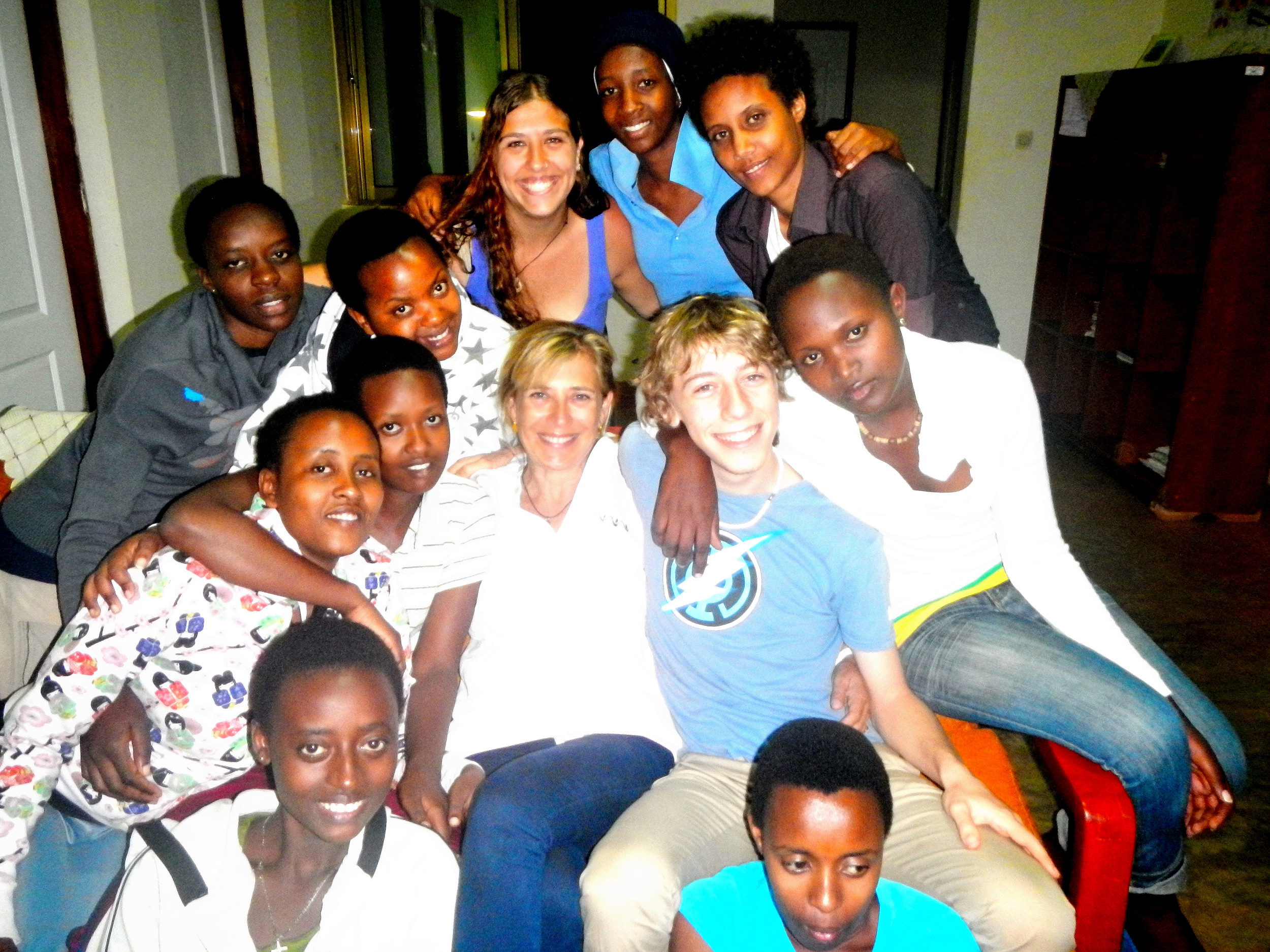
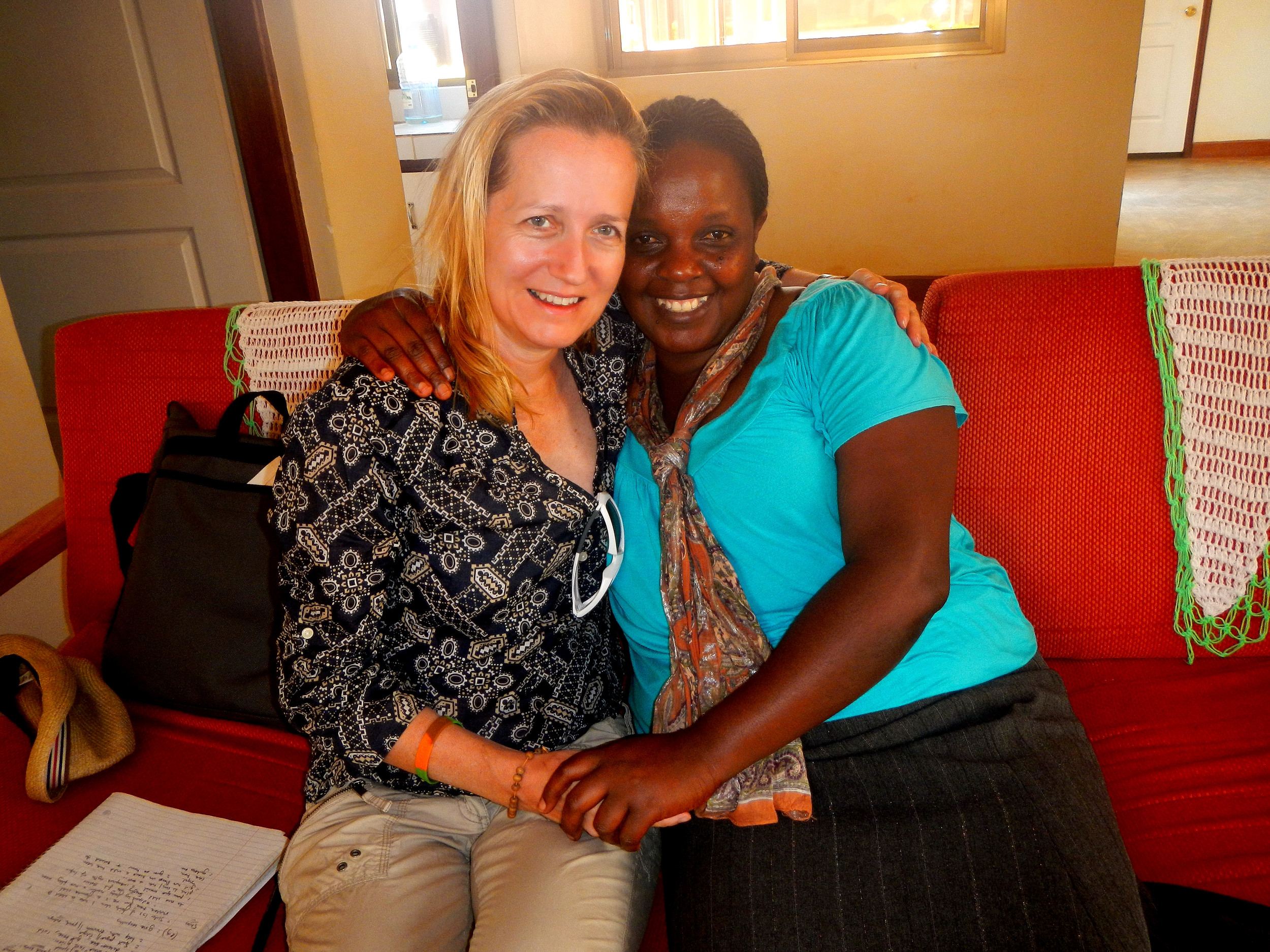

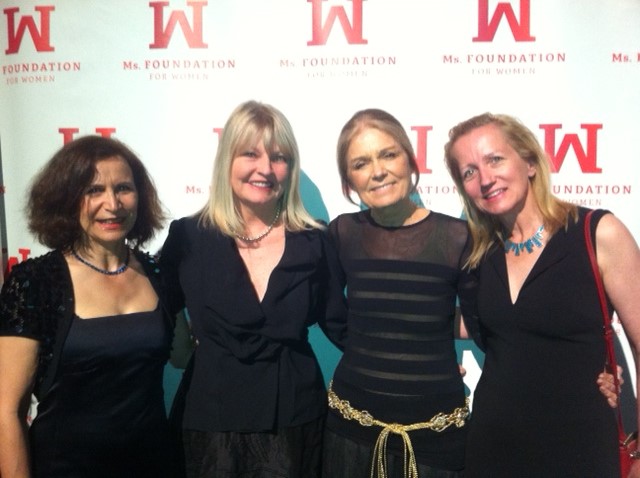
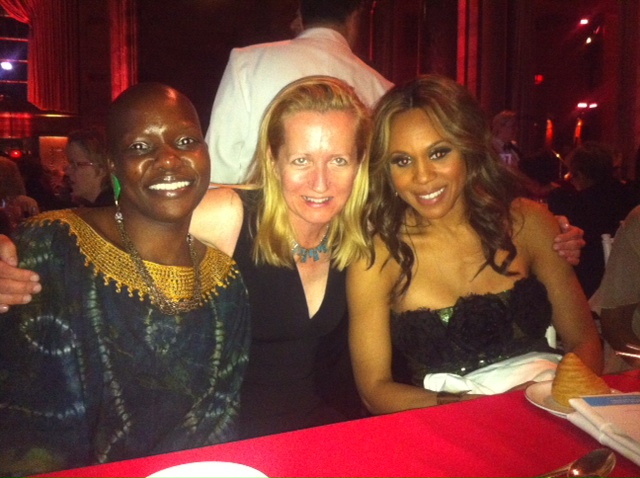 Last night was a celebration of women and their contributions to fight for global justice at the Ms. Foundation for Women's 40th Anniversary co-hosted by Gloria Steinem and Anika Rahman.
Last night was a celebration of women and their contributions to fight for global justice at the Ms. Foundation for Women's 40th Anniversary co-hosted by Gloria Steinem and Anika Rahman. 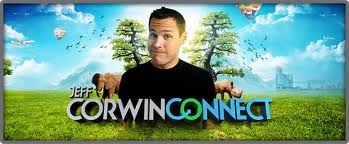 We are excited to announce the launch of ‘Jeff Corwin’s Wild Adventures' for families and their kids. JeffCorwinConnect, Inc. (JCC) co-founder, Emmy Award-wining TV host and wildlife biologist Jeff Corwin has launched his pioneering interactive audio tours - ‘Jeff Corwin’s Wild Adventures’ - at two of the most prestigious zoos in New England – Franklin Park and Stone Zoos.
Over 680,000 visitors of all ages will have the opportunity to go on a “Wild Adventure” with Jeff as their personal guide and to learn about the different animals residing at the Zoos. The audio tours will focus on the challenges these endangered species face today, and encourage visitors to get involved with conservation programs at the Zoos.
We are excited to announce the launch of ‘Jeff Corwin’s Wild Adventures' for families and their kids. JeffCorwinConnect, Inc. (JCC) co-founder, Emmy Award-wining TV host and wildlife biologist Jeff Corwin has launched his pioneering interactive audio tours - ‘Jeff Corwin’s Wild Adventures’ - at two of the most prestigious zoos in New England – Franklin Park and Stone Zoos.
Over 680,000 visitors of all ages will have the opportunity to go on a “Wild Adventure” with Jeff as their personal guide and to learn about the different animals residing at the Zoos. The audio tours will focus on the challenges these endangered species face today, and encourage visitors to get involved with conservation programs at the Zoos.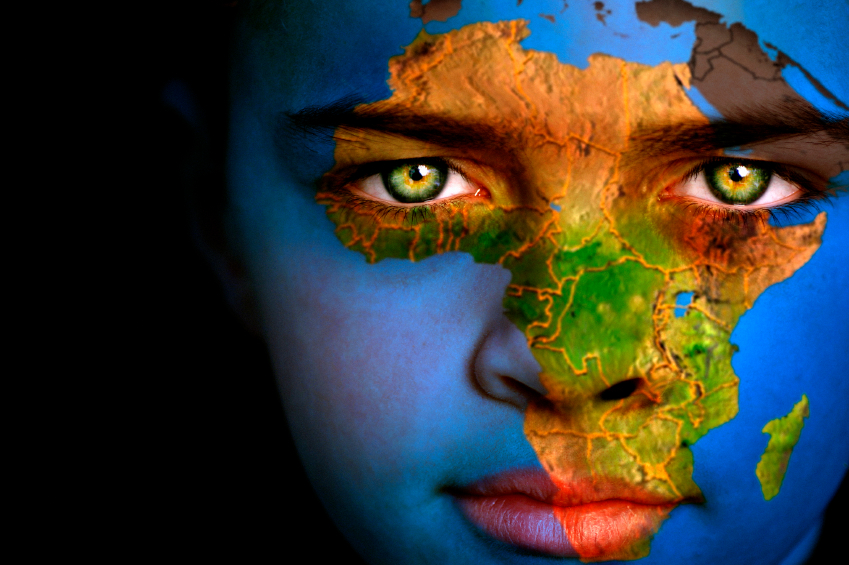 While corporate responsibility and sustainability (CR) continues to fuel radical change in business and philanthropic models, reputation management and employee engagement, CR alone is not enough to mitigate pressing social issues and consequences of climate change. Despite contributions from the private and public sector, the social, cultural and environmental circumstances of populations in under-developed markets remain complex and unsustainable.
A recap of the daunting realities we face include:
While corporate responsibility and sustainability (CR) continues to fuel radical change in business and philanthropic models, reputation management and employee engagement, CR alone is not enough to mitigate pressing social issues and consequences of climate change. Despite contributions from the private and public sector, the social, cultural and environmental circumstances of populations in under-developed markets remain complex and unsustainable.
A recap of the daunting realities we face include: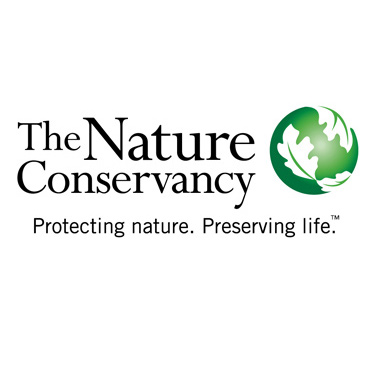 Reputation Dynamics is excited to work with The Nature Conservancy on corporate marketing and social responsibility development to support awareness, growth and development of their programs in Africa.
Since the 2006 launch of the Africa program, TNC has been protecting land, freshwater and marine ecosystems in key African regions including, Kenya, Tanzania, Namibia and Mozambique. With the population of Africa expected to double by 2050, there will be greater demands for energy, food and water which will pose challenges that need to be addressed to ensure the resilience of the continent's natural resources, alleviate poverty and improve the quality of life for underserved communities.
Reputation Dynamics is excited to work with The Nature Conservancy on corporate marketing and social responsibility development to support awareness, growth and development of their programs in Africa.
Since the 2006 launch of the Africa program, TNC has been protecting land, freshwater and marine ecosystems in key African regions including, Kenya, Tanzania, Namibia and Mozambique. With the population of Africa expected to double by 2050, there will be greater demands for energy, food and water which will pose challenges that need to be addressed to ensure the resilience of the continent's natural resources, alleviate poverty and improve the quality of life for underserved communities. Reputation Dynamics is excited to work with Helen Keller International on corporate development. Founded in 1915 by Helen Keller and George Kessler, Helen Keller International (HKI) is among the oldest international NGOs (non-governmental organizations) devoted to preventing blindness and reducing malnutrition in the world. HKI currently work in 22 countries: 13 in Africa, 8 in Asia-Pacific, and the United States.
HKI's mission is to save the sight and lives of the most vulnerable and disadvantaged. HKI combats the causes and consequences of blindness and malnutrition by establishing programs based on evidence and research in vision, health and nutrition. For example, HKI's Vitamin A supplementation programs have helped save the sight and lives of nearly 100 million children in Africa.
Reputation Dynamics is excited to work with Helen Keller International on corporate development. Founded in 1915 by Helen Keller and George Kessler, Helen Keller International (HKI) is among the oldest international NGOs (non-governmental organizations) devoted to preventing blindness and reducing malnutrition in the world. HKI currently work in 22 countries: 13 in Africa, 8 in Asia-Pacific, and the United States.
HKI's mission is to save the sight and lives of the most vulnerable and disadvantaged. HKI combats the causes and consequences of blindness and malnutrition by establishing programs based on evidence and research in vision, health and nutrition. For example, HKI's Vitamin A supplementation programs have helped save the sight and lives of nearly 100 million children in Africa.